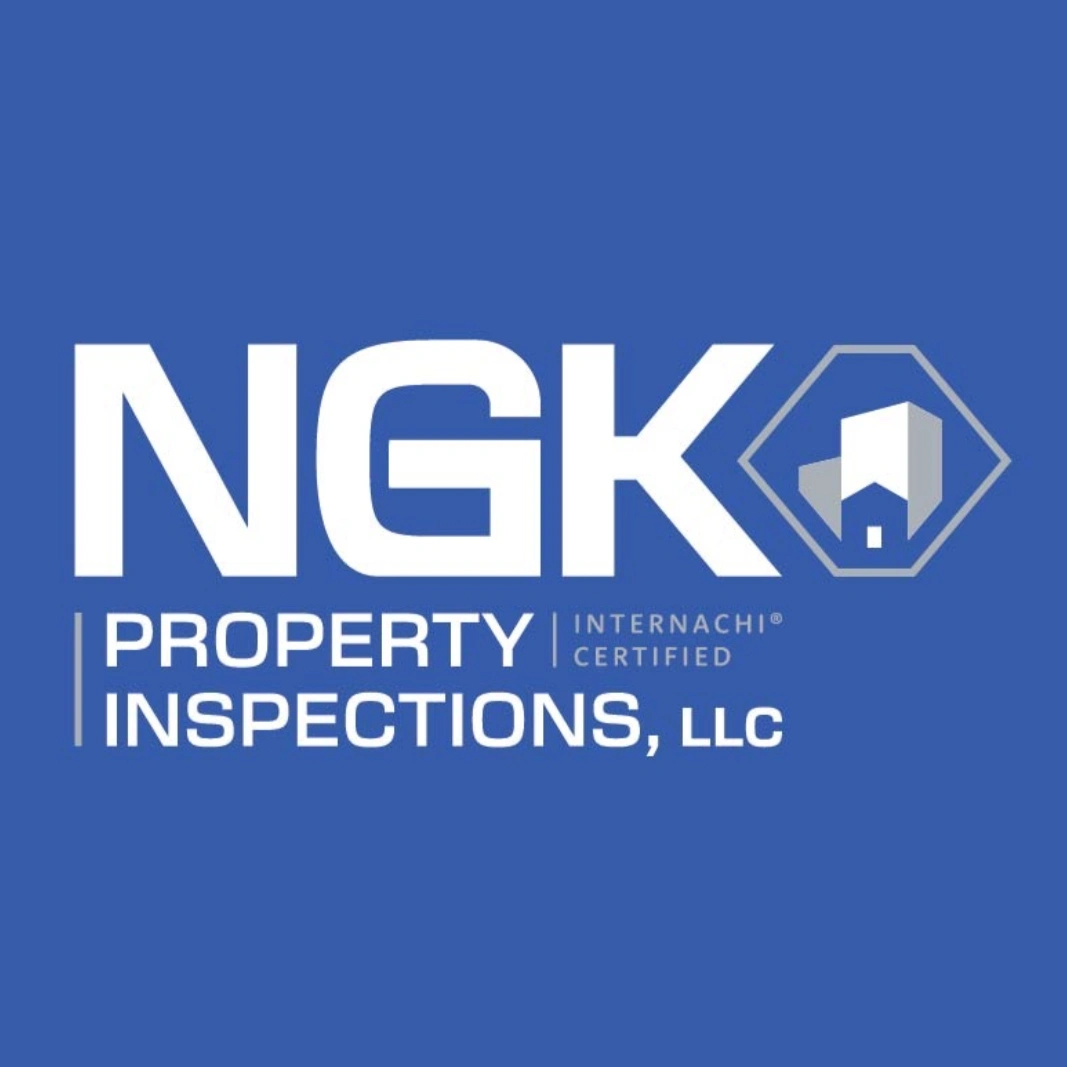Understanding 4-Point and Wind Mitigation Inspections: A Home Inspector's Perspective
- NGK Property Inspections

- Jul 2
- 3 min read
Updated: Oct 4

As a home inspector, I often get questions about the different types of inspections beyond the standard pre-purchase home inspection. Two of the most common, especially here in Florida, are the 4-Point Inspection and the Wind Mitigation Inspection. While both are important for homeowners and can save you money, they serve different purposes. Let's break them down.
The 4-Point Inspection: A Snapshot of Your Home's Core Systems
Think of a 4-Point Inspection as a targeted health check for the four most critical systems in your home:
Roof: We assess the age, condition, and remaining life expectancy of your roof covering. We look for signs of significant wear, damage, or improper installation.
HVAC (Heating, Ventilation, and Air Conditioning): This involves evaluating the age, apparent condition, and operational status of your heating and cooling systems. We're looking for signs of leaks, rust, or improper maintenance that could indicate problems.
Electrical: We examine the visible electrical panels, wiring (where accessible), and outlets to ensure they are safe and up to code. Common issues we look for include outdated wiring (like knob and tube or aluminum), overloaded circuits, or ungrounded outlets.
Plumbing: We inspect visible plumbing pipes, water heaters, and fixtures for leaks, corrosion, or signs of improper installation. We're also looking for the type of piping materials used, as some older materials (like polybutylene) can be problematic.
Why is a 4-Point Inspection often needed?
Insurance companies are the primary drivers behind 4-Point Inspections. Many insurers, particularly for older homes (typically 20 years or older), require this inspection before issuing or renewing a homeowner's insurance policy. They want to ensure that these key systems are in good working order and don't pose an immediate risk for claims. A home with an old, failing roof or an outdated electrical system is a higher risk for an insurance company.
The Wind Mitigation Inspection: Protecting Your Home (and Wallet) from Wind Damage
The Wind Mitigation Inspection is all about your home's ability to withstand high winds, common in areas prone to hurricanes and strong storms, like our beautiful state of Florida. This inspection focuses on specific construction features that can reduce the risk of damage during a wind event. The goal? To determine if your home qualifies for discounts on your windstorm insurance premium.
During a Wind Mitigation Inspection, I'll be looking at several key areas:
Roof Covering: While the 4-Point looks at the overall condition, here we're specifically checking the type of roof covering (e.g., shingles, tile, metal) and its installation methods.
Roof Deck Attachment: This is crucial! We examine how the roof sheathing (the plywood or OSB panels under your roof covering) is attached to the roof trusses or rafters. Stronger attachments (like specific nail types and spacing) mean better resistance to uplift from wind.
Roof-to-Wall Attachment: We assess how your roof structure is connected to the walls of your home. This can include clips, straps, or toe-nails. Stronger connections help prevent the roof from detaching during high winds.
Roof Geometry: The shape of your roof plays a role. Hipped roofs (sloping on all four sides) generally perform better in high winds than gable roofs (triangular ends).
Opening Protection: This refers to features that protect openings like windows, doors, and skylights from wind-borne debris. This could include hurricane shutters, impact-resistant glass, or reinforced garage doors.
Secondary Water Resistance (SWR): This is an extra layer of protection under your roof covering, designed to prevent water intrusion even if the primary roof covering is damaged. Think of it as a last line of defense against leaks.
The Benefit? Insurance Premium Discounts!
Unlike the 4-Point, which is often a requirement, the Wind Mitigation Inspection is purely for your benefit. If your home has features that reduce its susceptibility to wind damage, you can qualify for significant discounts on the windstorm portion of your homeowner's insurance premium. These savings can be substantial, often paying for the inspection itself within the first year.
In Summary:
4-Point Inspection: Focuses on the condition and age of four core home systems (roof, HVAC, electrical, plumbing) and is often required by insurance companies for older homes.
Wind Mitigation Inspection: Focuses on construction features that reduce wind damage and can lead to discounts on windstorm insurance premiums.
As your home inspector, my goal is always to provide you with a clear understanding of your home's condition and help you make informed decisions. Whether you're buying a new home, renewing your insurance, or just curious about your property, understanding these inspections can be incredibly beneficial. If you have any questions or would like to schedule an inspection, don't hesitate to reach out!




Comments